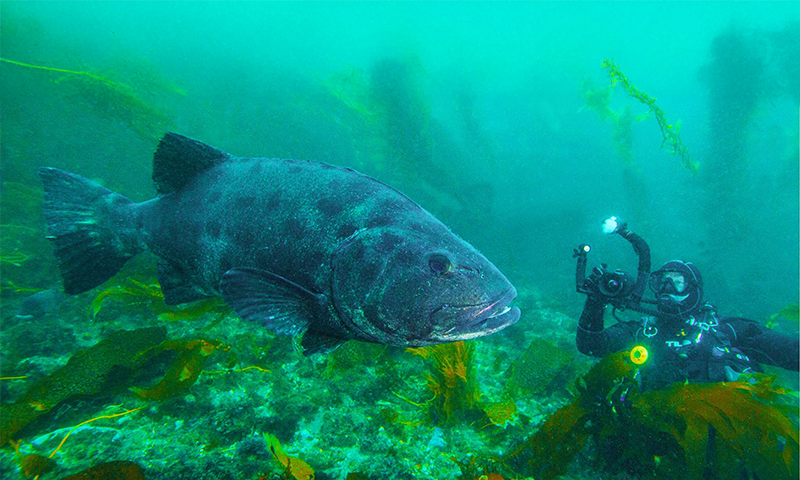Now Reading: Paparazzi Join Effort to Rescue Giant Fish
-
01
Paparazzi Join Effort to Rescue Giant Fish
Paparazzi Join Effort to Rescue Giant Fish

Rapid Summary
- Research Findings: Researchers in California have used over 1,600 photographs taken by recreational divers and fishers to estimate the population of giant sea bass. As of 2015-2022, about 1,221 adult individuals were identified near Southern California.
- Conservation Context: The species was listed as critically endangered in 1996 after sharp population declines due to overfishing starting in the 1930s. Fishing bans implemented as 1982 and conservation efforts appear to be helping recovery.
- Identification Techniques: Giant sea bass have unique spot patterns that act as “fingerprints” for identification thru algorithms, with a high accuracy rate (up to 95%). This technique has been applied successfully in studying other marine species like whale sharks.
- Ecological Importance: Giant sea bass are apex predators essential for maintaining ecosystem balance within kelp forests and rocky reefs offshore. They regulate prey populations and contribute to the ecological well-being of other marine species.
- New Insights: Genetic studies suggest low genetic diversity among Southern California populations. Photo analysis hints at limited long-distance movement among individual fish along this coastline, possibly indicating population isolation.
- Future Research Goals: Scientists aim to use satellite tracking systems for more precise population assessments and expand collaborations with Mexican researchers where larger populations possibly thrive.
Indian Opinion Analysis
The recent study on giant sea bass demonstrates an innovative blend of science and public engagement via diver photography-offering valuable ecological insights without invasive methods. India’s coastal ecosystems face parallel challenges regarding apex predator survival amidst overfishing pressures; lasting techniques could inspire similar studies locally involving community participation.
Moreover, the findings underline how low genetic diversity can endanger marine species’ adaptability-an important aspect Indian researchers might consider when managing vulnerable aquatic flora or fauna exposed to warming seas or habitat disruption.
This emphasizes global interdependence on maintaining biodiversity while utilizing advanced technologies such as tagging or AI-based pattern identification-practices India can enhance through broader scientific collaboration across nations invested in conserving critical habitats.
























